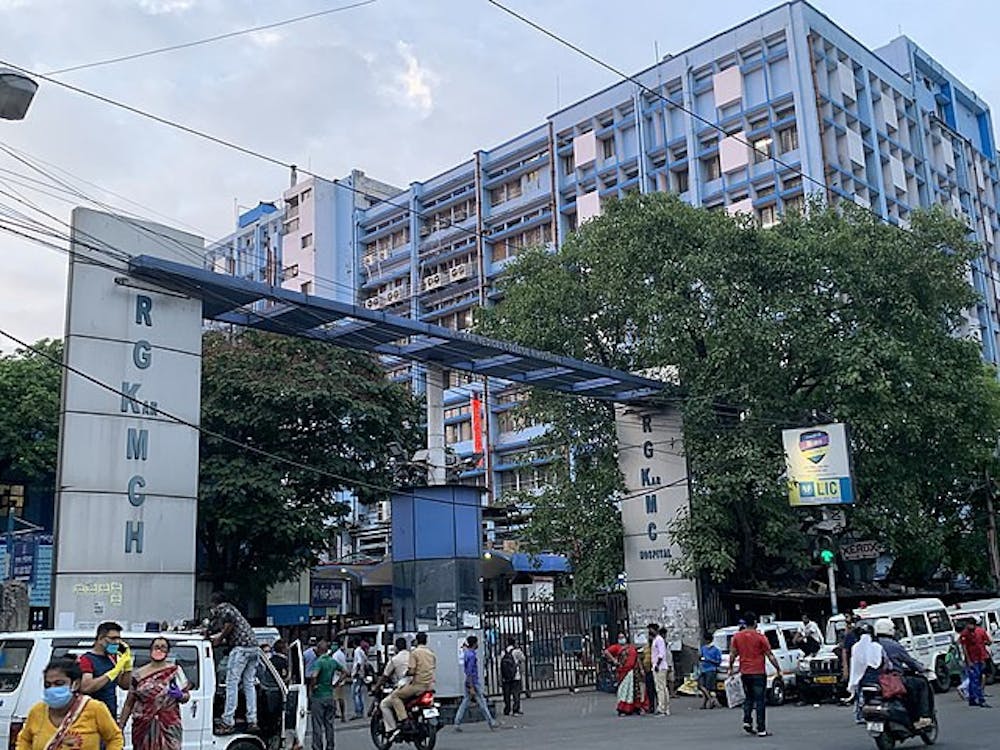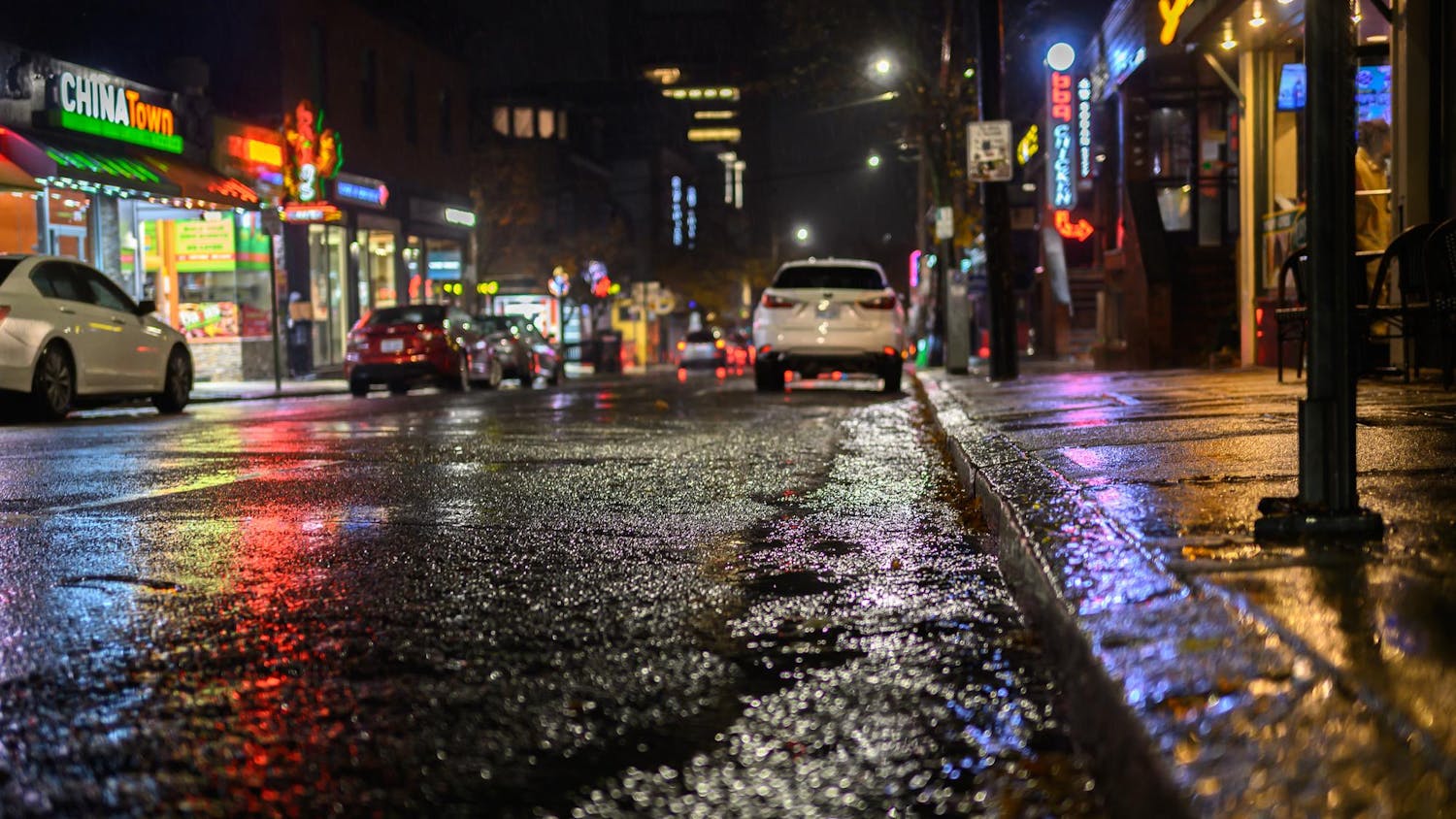As the second wave of COVID-19 infections continues in India, images of devastating loss — such as people lining up outside hospitals with empty oxygen cylinders — have captured the world’s attention.
“We were doing completely fine,” said Soumya Karwa ’23, who is spending the summer at home in Mumbai. The situation right now is “just so sad,” she said. “It’s heartbreaking.”
Last September, India’s government received praise after it successfully brought down case numbers during its first coronavirus wave. Yet, beginning in April of this year, India was hit with a devastating second wave of infections. On May 6, the country reported 414,188 cases, nearly four times as many as counted during the fall peak. While leaders across the United States outlined reopening plans, media reports from India told an entirely different story.
The Herald spoke to five students from India who discussed the state of the crisis and the government’s management of it.
Karwa was still on campus during the spring when she first started hearing about the burgeoning COVID-19 crisis in India. “Reading the news from the U.S. about India, it just got worse every day and it was just really sad,” she said.
Himanssh Pettie ’24 also spent the spring semester on campus, but went home at the beginning of remote reading period. He had planned to return to campus for the summer, but the United States has since implemented travel restrictions for India. He is spending the summer semester studying remotely from Hyderabad.
Akshit Chhabra ’23, whose parents are both healthcare workers in India, described the debilitating burden on local hospitals. “During the first wave, it was about the fear of the unknown,” he said. “But the reality now on the hospital grounds is that there are no beds.”
“Even when there was no government lockdown, people imposed a self-lockdown,” said Kushagra Agarwal ’22, discussing the beginning of the latest coronavirus wave. Agarwal, currently in India, spent the entirety of the 2020-2021 academic year studying remotely from his home in Kanpur.
“We never had a great healthcare system to begin with,” Agarwal said. As hospitals across the country are pushed to the limits, patients have been turned away. Stories have recently surfaced of people traveling for hours in search of hospital beds and medical supplies. The already high death toll being reported may be much lower than actual numbers, as evidence has emerged that many deaths are going unreported.
Pettie also believes that the reported COVID-19 statistics drastically underestimate the actual toll of the virus.
“You can’t take the statistics as the actual statistics … because the situation on the ground does not reflect those statistics,” said Pettie.
Despite devastating trends, India’s Prime Minister Narendra Modi has resisted imposing a nationwide lockdown even as he faced calls from both the domestic and international community to take more action to bring down infection rates. The Hindu festival Kumbh Mela was held as usual, and Modi and his government have focused on holding political rallies ahead of elections.
“If you’re doing 16 rallies in 10 days, how much time do you actually have to devote to managing the pandemic?” Agarwal said.
Pettie expressed a similar sentiment, characterizing Modi as “hypocritical.” While Modi has not done much to mitigate the crisis, Pettie argued, a video conference on Friday showed him seemingly holding back tears while speaking to frontline health workers about the COVID-19 pandemic. “Modi is very used to doing PR stunts,” Pettie said.
Aditya Singh ’25, an incoming first-year living in India, said that management of the pandemic has been “quite a mess.” Many of his extended family members had been supporters of Modi’s party, the Bharatiya Janata Party, but that has since changed.
“The way they have abdicated their responsibility during the crisis” has caused many of the party’s supporters to lose faith in them, he said. Singh hopes that this poor response from the central government during the second wave becomes a major campaign issue in the next general elections.
Chhabra echoed Singh, adding that he was glad to see that Modi’s party lost the recent state elections in West Bengal and believes that it may be a sign of “turning tides” in his previous widespread support.
Karwa noted that while the government is not doing all that it should, it is still an improvement from April since the political rallies “sidetracked the attention that the incoming wave should have been getting.”
For Agarwal, the international media coverage that India is receiving is both accurate and crucial.
“The coverage by itself is traumatic,” he said, but “someone needs to hold the government accountable, and most Indian media wasn’t doing a good job of that.”
While Karwa agreed that news coverage is accurate, she cautioned against sensationalization of the crisis by media outlets.
Most people who die in India are cremated due to religious reasons, pandemic or not, she explained, referring to the widely circulated images of mass cremation sites.
“If you take an aerial view of a fire, it’s always going to look very, very bad,” she said. Media coverage is not wrong, Karwa added, but “provoking” and lacks context at times.
While reported case numbers are decreasing in the country, vaccine access and distribution pose additional hurdles. In the beginning of May, India opened up vaccine eligibility to all adults, but not all adults were able to immediately access the vaccine.
Agarwal has already been fully vaccinated. The state he is currently in, Uttar Pradesh, was one of the earlier states to open up vaccine slots for younger individuals. But he noted that current vaccine availability is significantly lower than before.
“It’s more like if you’re lucky, you find a slot,” Agarwal said.
Politics may play a role in vaccine distribution within India, he speculated. The state of Uttar Pradesh, highly coveted by political parties, is due for elections in the upcoming year — potentially accounting for the greater distribution of vaccines to the area, said Agarwal. The state has also faced recent accusations of political interference in vaccine distribution.
Singh recently received his first dose of the vaccine in India. He said that it was relatively easier for him to get vaccinated because his father is an army officer, allowing him and his family to receive priority. Still, he is worried that he will not be able to get his second dose on time.
Pettie, who has not received either dose of the vaccine due to limited appointment slots, is similarly worried about getting fully vaccinated by the time he has to return to campus.
Karwa was able to get fully vaccinated in Rhode Island during the spring semester before she returned home, and said that most of her family in India is fully vaccinated. But she has been having a hard time finding a second dose for her mother since availability dropped due to the second wave of infections.
Correction: A previous version of this article described all five students interviewed by The Herald as currently living in India. In fact, one student is currently living in Providence. The Herald regrets the error.

ADVERTISEMENT




